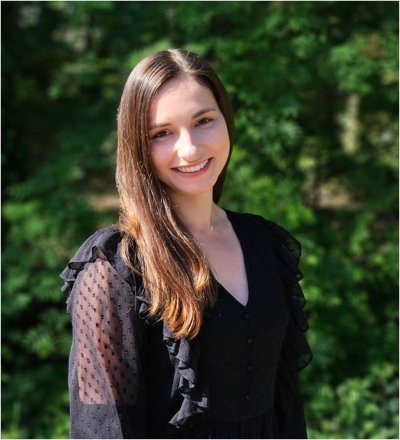Deep Learning for EEG Analysis
Catarina da Silva Lourenço is a PhD student in the department Clinical Neurophysiology. (Co)Supervisors are prof.dr.ir. M.J.A.M. van Putten from the faculty of Science & Technology and dr. M. Tjepkema-Cloostermans from Medisch Spectrum Twente.
 Epilepsy is a widely prevalent neurological disorder, characterized by unpredictable interruptions of normal brain function, called epileptic seizures. There are several types of seizures and epilepsy syndromes, which make diagnosing epilepsy a complex endeavor. The reported misdiagnosis rate of epilepsy is as high as 30%, potentially leading to inadequate treatment of patients and lower quality of life.
Epilepsy is a widely prevalent neurological disorder, characterized by unpredictable interruptions of normal brain function, called epileptic seizures. There are several types of seizures and epilepsy syndromes, which make diagnosing epilepsy a complex endeavor. The reported misdiagnosis rate of epilepsy is as high as 30%, potentially leading to inadequate treatment of patients and lower quality of life.
Electroencephalograms (EEGs) are an important tool in the diagnosis of epilepsy. Experts rely mostly on interictal EEG recordings, where they look for interictal epileptiform discharges (IEDs), which are hallmark patterns of epilepsy. Visual analysis remains the gold standard for IED detection, but this process is time consuming, requires trained experts and is subject to intra- and inter-subject variability.
Automating IED detection could lead to less time and resources being spent in the clinic for this purpose. In addition, it could provide more objectivity, reduce the overall time to diagnosis and contribute to a lower misdiagnosis rate of epilepsy.
In this work, we showed that a convolutional neural network adapted from the literature (VGG C) could be trained to detect IEDs in routine EEG recordings, basing its decision on the same patterns identified by experts (i.e. IED shapes). The detections of this network were on par with experts, as shown in our clinical validation study.
Further, we demonstrated that networks should be trained with different data depending on their clinical application. With a network optimized for IED detection on ambulatory data, we proved that it is possible to reduce time spent on visual analysis in the clinic by approximately 50-75 times.





